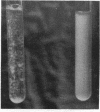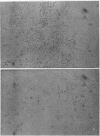Abstract
Banerjee, N. (Calcutta University, Calcutta, India) and S. K. Bose. Mode of action of mycobacillin, a new antifungal antibiotic. J. Bacteriol. 86:387–391. 1963.—Mycobacillin agglutinates cells of Candida albicans. The agglutination reaction was found to be dependent on temperature, pH level, etc. Experiments have also been planned to assess whether agglutination and antifungal action are causally related. It appears that agglutination may be a secondary late effect of the action of the drug, not causally related to but simply associated with the primary cause responsible for antifungal action.
Full text
PDF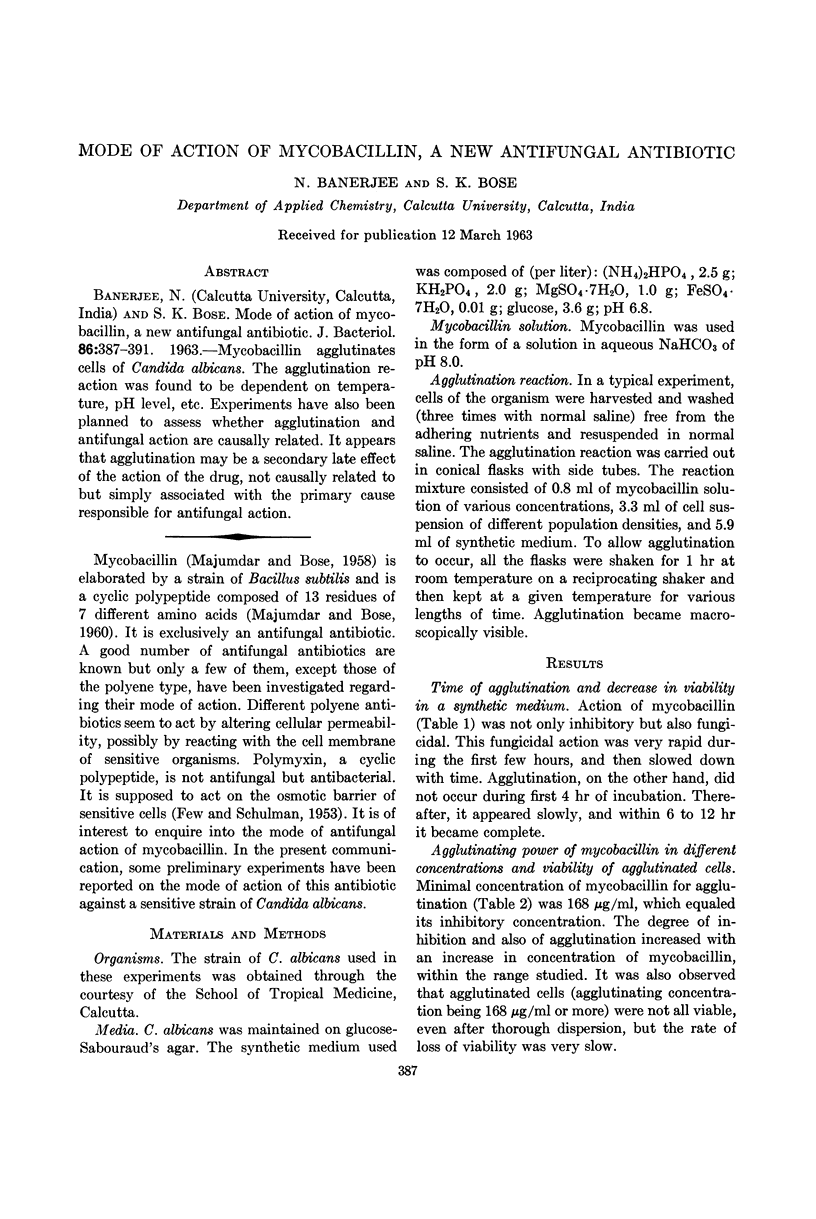
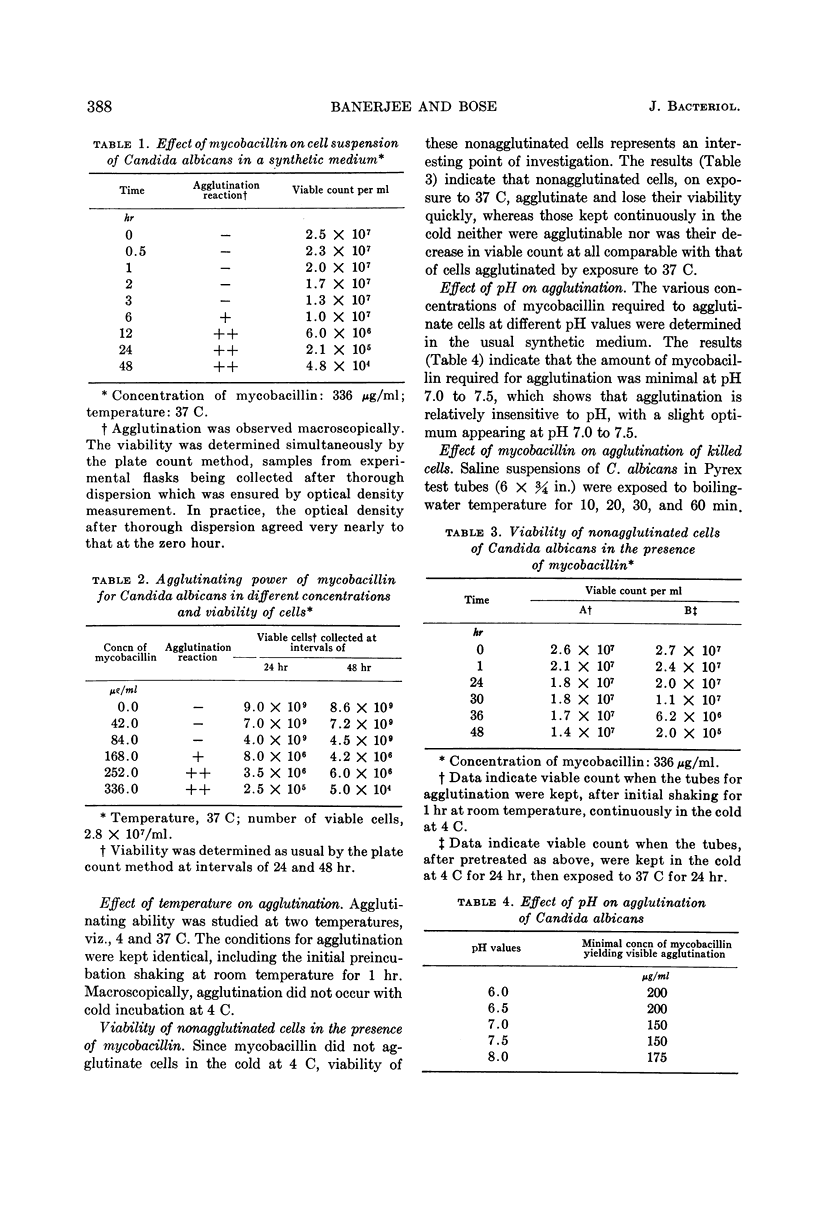
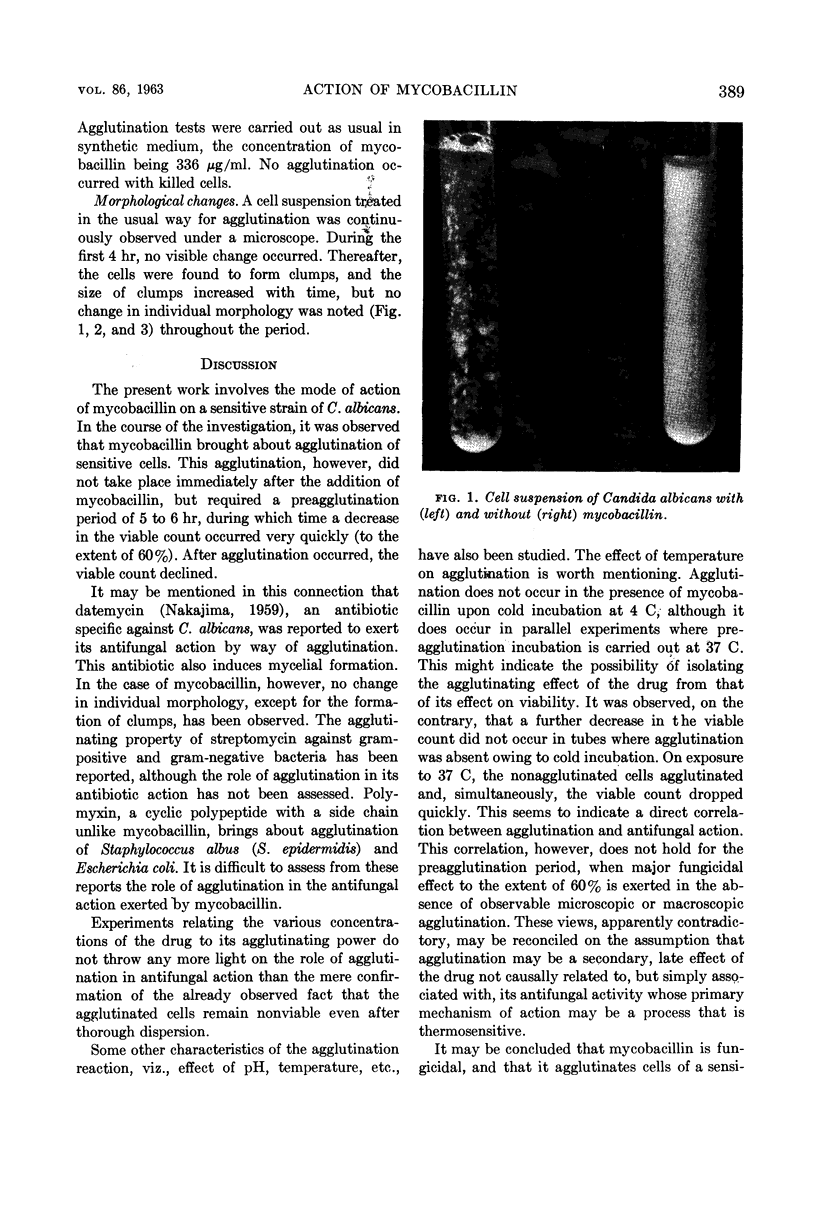
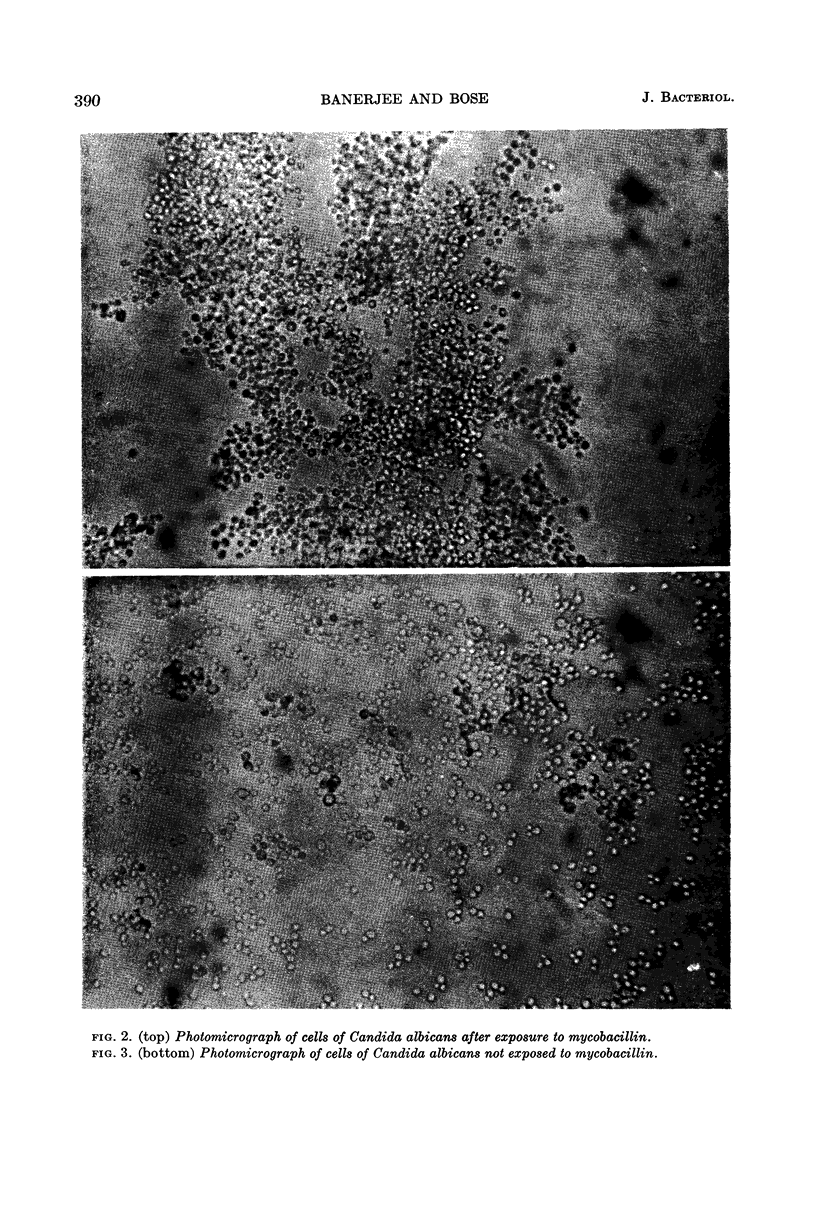
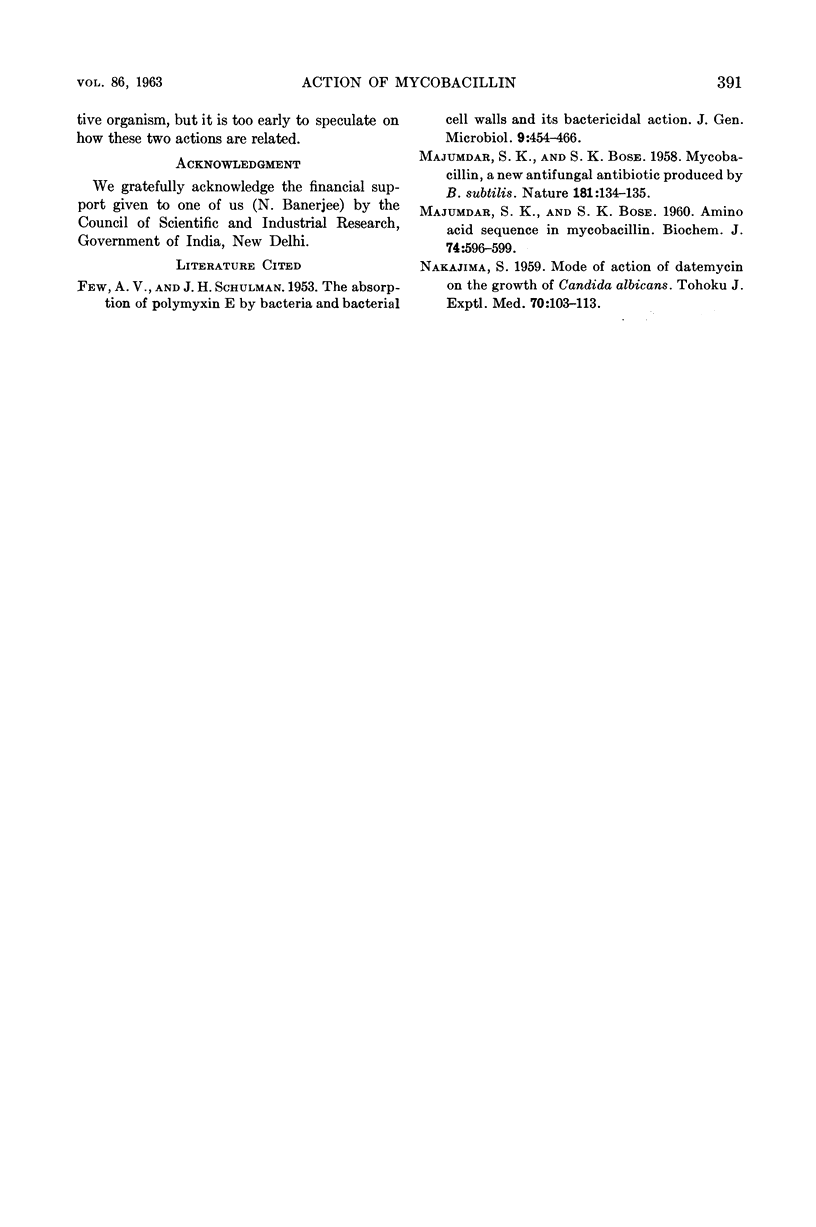
Images in this article
Selected References
These references are in PubMed. This may not be the complete list of references from this article.
- FEW A. V., SCHULMAN J. H. The absorption of polymyxin E by bacteria and bacterial cell walls and its bactericidal action. J Gen Microbiol. 1953 Dec;9(3):454–466. doi: 10.1099/00221287-9-3-454. [DOI] [PubMed] [Google Scholar]
- MAJUMDAR S. K., BOSE S. K. Amino acid sequence in mycobacillin. Biochem J. 1960 Mar;74:596–599. doi: 10.1042/bj0740596. [DOI] [PMC free article] [PubMed] [Google Scholar]
- MAJUMDAR S. K., BOSE S. K. Mycobacillin, a new antifungal antibiotic produced by B. subtilis. Nature. 1958 Jan 11;181(4602):134–135. doi: 10.1038/181134a0. [DOI] [PubMed] [Google Scholar]
- NAKAJIMA S. Mode of action of datemycin on the growth of Candida albicans. I. Agglutination reaction of Candida albicans observed in the presence of datemycin. Tohoku J Exp Med. 1959 Jul 25;70:103–113. doi: 10.1620/tjem.70.103. [DOI] [PubMed] [Google Scholar]



